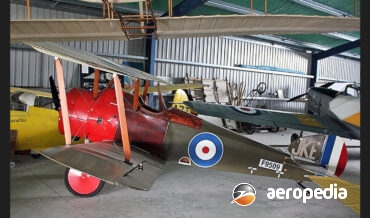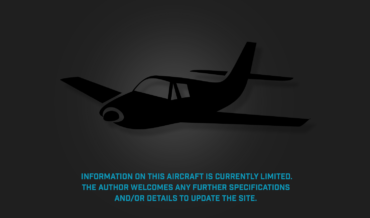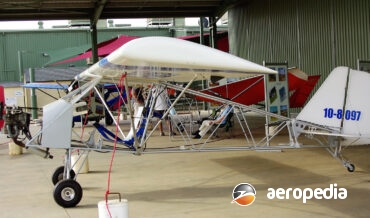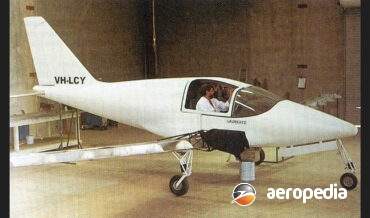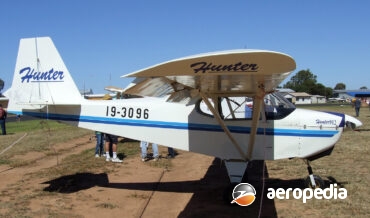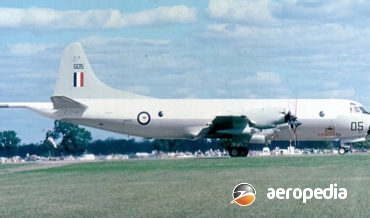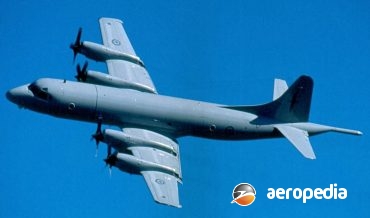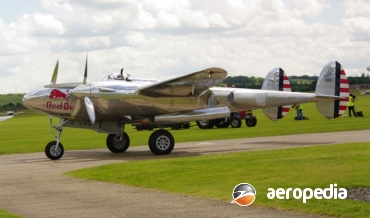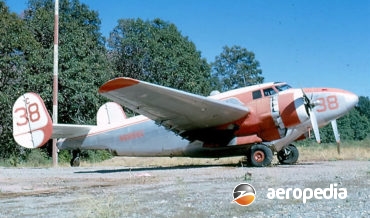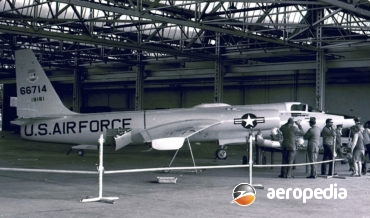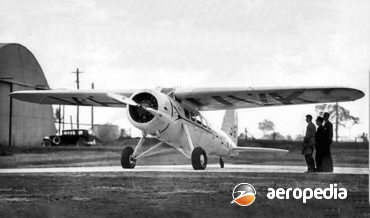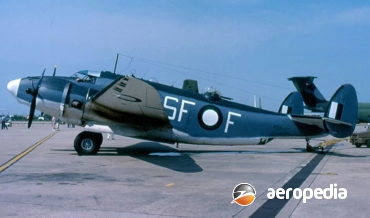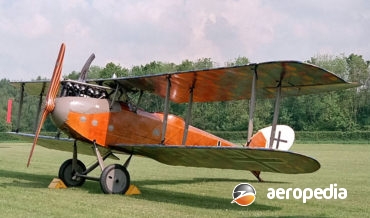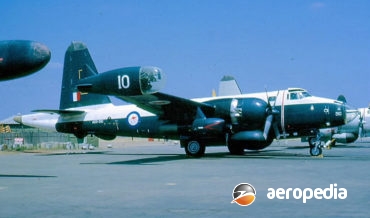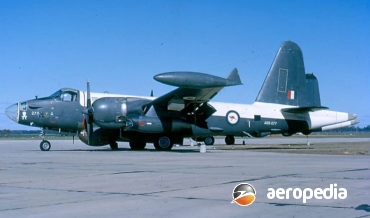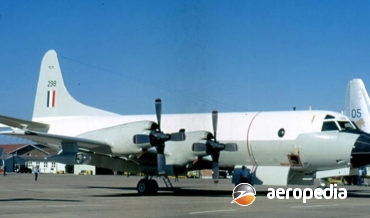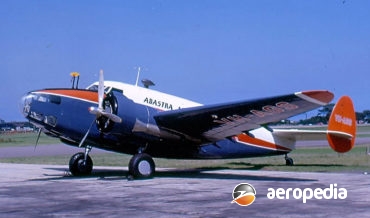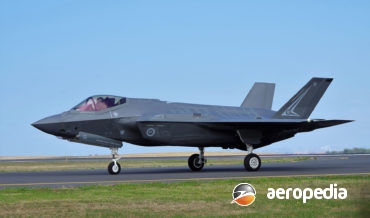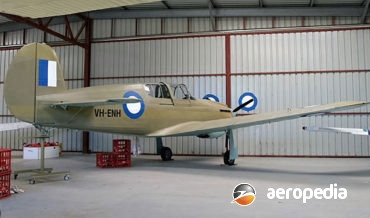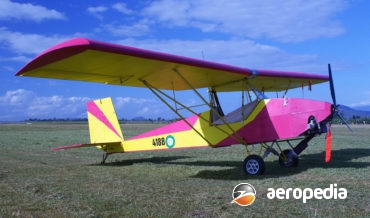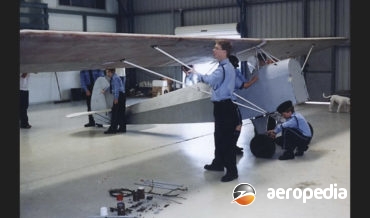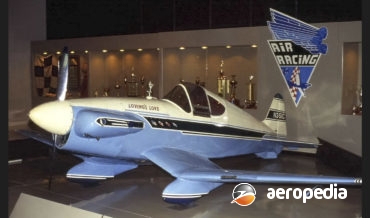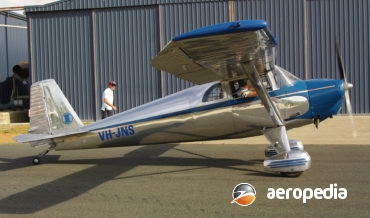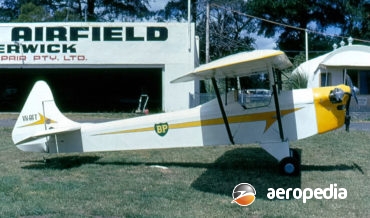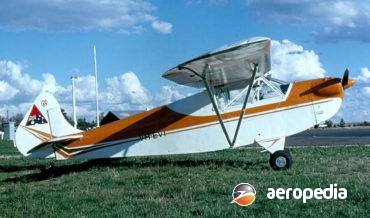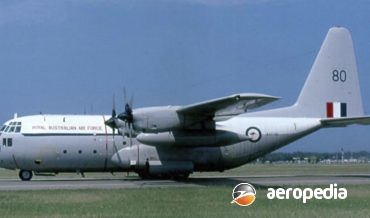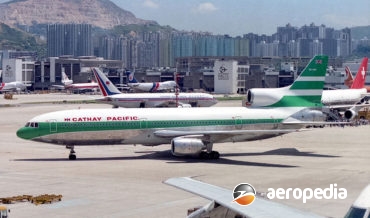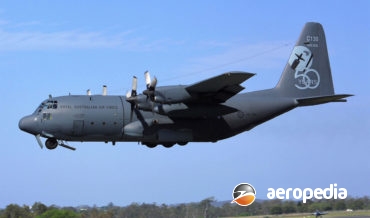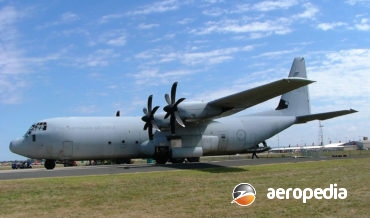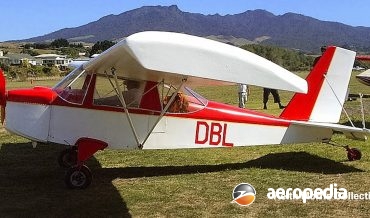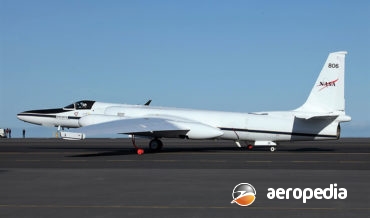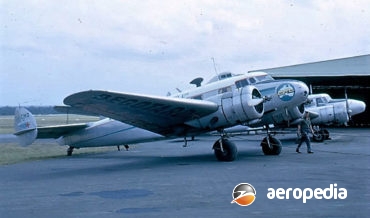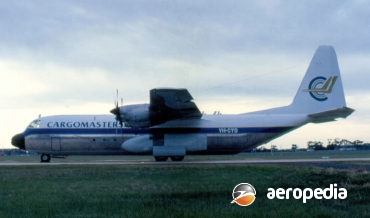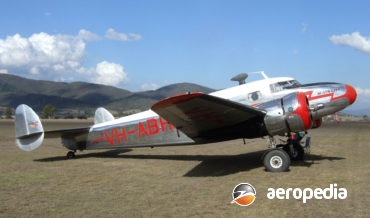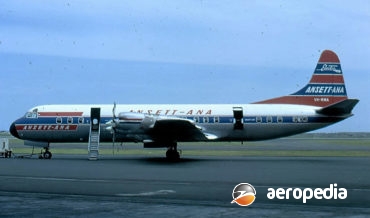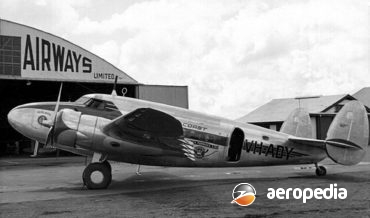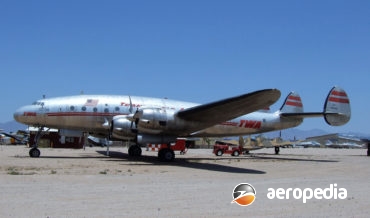All Contents
Contents
Mr John Lowther in New Zealand designed and built a 75% scale replica of a Sopwith F.1 Camel, this being the second aircraft he had designed himself and the ninth light aircraft he had built.
David C. Eyre
- May 25, 2020
Mr C Lindsay-Campbell designed and built an aircraft described as an aero-marine monoplane.
David C. Eyre
- May 25, 2020
The PB-5 is a single-seat high wing ultralight aircraft fitted with a tractor engine and built of steel tube with fabric covering.
David C. Eyre
- May 25, 2020
A Mr Lewis built a monoplane at Diggers Rest, Vic in 1910 and it was fitted with a JAP engine.
David C. Eyre
- May 25, 2020
The LA-122 Preceptor is an Australian designed two-seat twin-engine training monoplane designed by the Laureate Aircraft Company.
David C. Eyre
- May 25, 2020
The Hobbit was an ultra-light designed and built in Australia for the local market and was powered by a 16.4 kw (22-hp) Skylark engine.
David C. Eyre
- May 25, 2020
The Hunter is a two-seat ultra-light aircraft available in kit form and powered by a Rotax 912UL four-cylinder four-stroke liquid-and-air-cooled engine.
David C. Eyre
- May 25, 2020
This was a small ultralight aircraft designed by Robert Labahan and at least one example was registered, this becoming 10-1138 on 16 October 1989 and was fitted with a Rotax 503 engine.
David C. Eyre
- May 25, 2020
In 1970 the Model P-3C appeared with new technology weapon systems, and a digital computer to ease the workload for the ten man crew, five of whom were housed in the tactical compartment.
David C. Eyre
- May 19, 2019
The Orion has been described as arguably the most versatile tool in the RNZAF inventory. The process of the RNZAF obtaining the Orion commenced on 24 March 1964 when the New Zealand Minister of defence announced approval in principle for the purchase of five P-3A Orion aircraft to replace the
David C. Eyre
- May 19, 2019
In 1937 the team of Hal Hibbard and Clarence “Kelly” Johnson commenced the design of a new twin-engine fighter for the USAAF powered by two 858 kw (1,150-hp) Allison V-1710-C engines fitted with the General Electric turbo-supercharger, featuring twin-booms, a tricycle undercarriage, and cannon armament.
David C. Eyre
- May 19, 2019
Following the success of the PV-1 Ventura, the chief engineer of Lockheed Vega commenced work on development of a new variant to meet USN requirements, this model, the PV-2 Harpoon, having an increased wingspan, a re-designed tail, an increase in fuel capacity and an increase in all up weight.
David C. Eyre
- May 19, 2019
One of the most notorious research aircraft, the Lockheed U-2 series has become known in the media over the years as a “spy” aircraft, one example flown by Frances Cary Powers having been shot down on such a mission over the Soviet Union.
David C. Eyre
- May 19, 2019
The prototype of the Lockheed Vega, powered by a 168 kw (225-hp) Wright J-5 radial engine, was flown for the first time on 4 July 1927. A Vega was the first aircraft to fly over both the north and south pole.
David C. Eyre
- May 19, 2019
In June 1940 The Vega Aircraft Division of the Lockheed Aircraft Corp at Burbank, California, was awarded a contract by the British Purchasing Commission to supply 875 examples of a new bomber derived from the Lockheed 18 airliner.
David C. Eyre
- May 19, 2019
The LVG series of aircraft was designed by Franz Schneider, and developed by Luft-Verkehrs Gesellschaft Johannistal (LVG), this company producing a series of unarmed reconnaissance and bomber aircraft during World War I, aircraft in this series forming part of the equipment of the German air force units at the outbreak
David C. Eyre
- May 19, 2019
In April 1944 the US Navy placed a contract for two prototypes of the Neptune long-range patrol bomber, designated SP2V-1. The prototype XP2V-1 (BuAer 48237) was rolled out at the company’s Burbank, California facility in May 1945, making its first flight on 17 May. The initial production model was
David C. Eyre
- May 19, 2019
The P2V-7 was a development of the earlier versions, and was the last model built, some 726 being delivered from Lockheed’s plant at Burbank between the first flight on 26 April 1954 and April 1962.
David C. Eyre
- May 19, 2019
Developed as a successor to the Lockheed P2V Neptune maritime patrol bomber from the Lockheed L-188 Electra commercial transport, the prototype YP3V-1 Orion (148276), which had a fuselage 2.1 m (7 ft) shorter than the commercial aircraft, was flown for the first time on 25 November 1959.
David C. Eyre
- May 19, 2019
Originally required as a navigation trainer for the RAF, the military conversion of the eleven-passenger Lockheed Model 14 Super Electra promised so much in performance that the decision was made in 1938 to order the type for the RAF off the drawing board as the Model 214 Hudson.
David C. Eyre
- May 19, 2019
The Lockheed Martin F-35 – or the Joint Strike Fighter as it was initially known - represents potentially the single largess and most ambitious military aircraft development for many years and is aimed at providing one aircraft to meet the requirements of a number of military services.
David C. Eyre
- May 19, 2019
The Loehle Aircraft Corp is based in Wartrace, Tennessee in the United States and has in recent years produced a series of ¾-scale replicas of World War I and II fighters in kit form, the latter included the P-40 Kittyhawk, the Supermarine Spitfire, and the North American Mustang. The
David C. Eyre
- May 8, 2019
The Sport Parasol is a single-seat light, simple, wooden aircraft with fabric covering produced by Loehle Aircraft Corp of Wartrace, Tennessee to meet a market for a cheap, light, easy to build ultralight. Wings are detachable for storage and trailering.
David C. Eyre
- May 8, 2019
The Longster was a single-seat light parasol-wing aircraft designed for amateur constructors in the late 1920s by the Long Brothers who operated a radio factory in Cornelius, Oregon. Their first design left much to be desired and they abandoned that and built the Anzani Longster in 1930, this being a
David C. Eyre
- May 8, 2019
The WR-1 Love was a single-seat high performance gull-wing monoplane designed in the 1950s by Neal Loving and built by Wayne Aircraft Co of Detroit, Michigan. It flew for the first time on 7 August 1950 and qualified as a ‘midget racer’ under NAA rules on 18 August 1951. Sets
David C. Eyre
- May 8, 2019
The Luscombe series of light monoplanes was introduced by the Luscombe Airplane Corp in 1937. Powered by a 37-kw (50-hp) Continental engine, the Model 8, also known as the Luscombe 50, received type approval in August 1938. Production rate was quickly increased to meet demand, with most aircraft being delivered
David C. Eyre
- May 8, 2019
The Luton LA-4 Minor single-seat, ultra-light aircraft was designed by Luton Aircraft in the United Kingdom in 1936. The prototype was flown in that year fitted with a 26-kw (35-hp) Anzani engine. Subsequently it was modified to make the design more suitable for amateur construction, and a number were built
David C. Eyre
- May 8, 2019
The Luton Major, a tandem two-seat cabin monoplane, was designed by the Luton Aircraft Company in 1939 as a successor to the Luton Minor. The Major was also intended to be constructed by amateurs. Designed as a low-cost aircraft, it could be fitted with a variety of engines varying in
David C. Eyre
- May 8, 2019
Development of the Hercules has continued over the years. After the C-130A was the C-130B, which differed from the C-130A in having up-rated T56-A-7 engines and four-blade Hamilton Standard propellers in place of the three-blade Aeroproducts units.
David C. Eyre
- May 8, 2019
The Lockheed L-1011 Tristar (Model 193) was designed as a competitor for the Douglas DC-10, the manufacturer being approached by American Airlines to build an airliner smaller than the Boeing 747 but able to operate from its main bases at Dallas and New York to London and South America.
David C. Eyre
- May 8, 2019
Following the success of the C-130E, development of the Hercules has continued. The C-130F was a transport version for the US Navy; the HC-130G was for the US Coast Guard for search and rescue duties; and the C-130H was basically a C-130E model with up-rated engines.
David C. Eyre
- May 8, 2019
In the 1990s Lockheed privately funded a development of the very successful (over 2,000 built) Hercules series, and the C-130J was the most comprehensive update of the type to date.
David C. Eyre
- May 8, 2019
Two examples of this ultralight aircraft have been completed in New Zealand and commenced life as kits for the Team HiMax but were extensively modified during construction.
David C. Eyre
- May 8, 2019
The ER-2 is a derivative of the Lockheed U-2 series built for the North American Space Administration (NASA) and the first aircraft was delivered in 1981, being based at the Dryden Flight Research Center (which later became the Armstrong Flight Research Center)
David C. Eyre
- May 8, 2019
Designed in 1934 as a ten/twelve seat commercial airliner for airlines in the United States, the Lockheed 10 became a very successful aircraft until the advent of the larger Douglas DC-3.
David C. Eyre
- May 8, 2019
On 21 April 1964 Lockheed flew a civilian freight example of the military C-130 transport and placed it into low-rate production. This aircraft was used as a civil demonstrator, and was basically a C-130E without military equipment.
David C. Eyre
- May 8, 2019
In 1935 the Lockheed Aircraft Corporation decided to build a smaller version of its very successful Model 10 for feeder-line and business use.
David C. Eyre
- May 8, 2019
The Lockheed Electra was the only major US-built airliner to use turboprop engines and, although 144 aircraft had been ordered by operators from the manufacturer at the time production commenced, only a further 26 orders were delivered.
David C. Eyre
- May 8, 2019
The L.14, or Super Electra as it was known, was introduced to the Worlds airlines in 1937 as a larger, more powerful version of, and replacement for, the Lockheed 10A Electra.
David C. Eyre
- May 8, 2019
The Lockheed Model 49 Constellation, known originally as the Excalibur 44, was developed into a variety of variants over a period of 20 years to the Starliner.
David C. Eyre
- May 8, 2019
Recent Comments
Archives
Categories
- No categories
Categories
- No categories
Latest Posts
Newsletter

